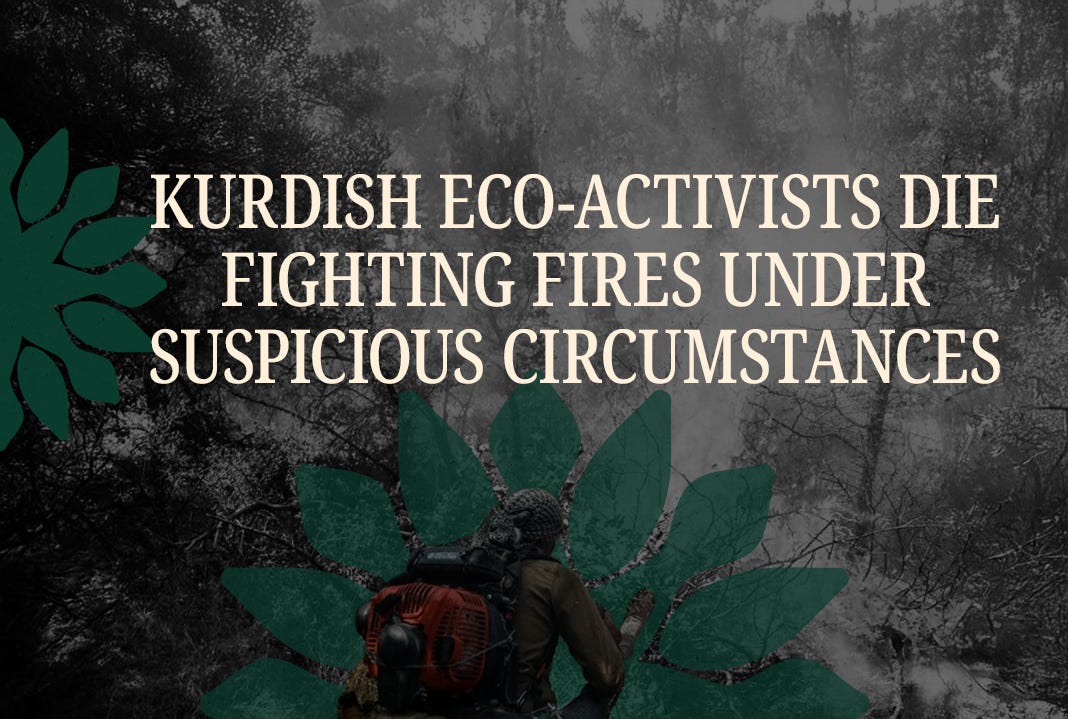Kurdish Eco-Activists Die Fighting Fires Under Suspicious Circumstances
Wildfires in Iran’s Zagros Mountains are claiming the lives of Kurdish environmental defenders amid state neglect and denial
Over the past two decades, wildfires have destroyed large areas of Iran’s forests and rangelands, most severely in the Zagros Mountains, home to much of the country’s Kurdish population. In recent years, several well-known Kurdish environmental activists have died fighting these fires, the latest in July 2025.
Environmental groups say firefighting support in Kurdish regions is almost nonexistent: volunteers lack protective gear, and promised state equipment rarely arrives. This neglect has fueled suspicions that the government’s failures are deliberate. Many Kurds accuse Tehran of “ecocide” in the Zagros, claiming fires are often set to clear land or aid military operations near the border. Some activists even believe the blazes are used as “security traps” meant to eliminate respected community leaders. The death toll reinforces these fears: Iranian media have reported at least 20 environmentalists killed while battling wildfires in the Zagros, with most cases unresolved and clouded by official obfuscation.
Environmentalist Sharif Bajwar and three of his colleagues died in the August 2018 Mariwan wildfire, further solidifying the link between environmental tragedy and political suspicion. Bajwar, known affectionately in the Kurdistan region in Iran as Kak Sharif, and his Chya Green Association team battled the blaze for hours, eventually bringing it under control.
But villagers later reported seeing several Islamic Revolutionary Guard Corps (IRGC) vehicles enter the area; the IRGC agents climbed toward the extinguished fire zone, stayed for about an hour, and then departed. Soon after, flames erupted again in the same location. Kak Sharif and his team rushed back, but as they began firefighting, powerful explosions erupted from the forest. Villagers described the blasts as resembling landmines or artillery fire. In the chaos, four volunteers—Omîd Kohnepoşî, Rahmet Hakimi-Nia, Mohammad Pazhouhi, and Kak Sharif—were killed. The deaths of Kak Sharif and his colleagues sent shockwaves through Kurdistan. These trusted activists, devoted to protecting both nature and community, were suddenly gone under disturbing circumstances. Their loss raised urgent questions: How did the fire reignite so quickly? What caused the explosions? Were these events accidental?
In this climate, funerals and memorials for fallen environmentalists in Kurdistan often become mass gatherings with a defiant, protest-like atmosphere. Thousands attend—far beyond what is typical for non-political figures—turning collective grief into a form of protest. Authorities in Tehran view such assemblies as political threats and respond with force. Their funeral in the city of Mariwan drew huge crowds. Arrests of organizers swiftly followed it. To this day, annual commemorations of Bajwar and others are met with heavy security deployments and waves of detentions, as the state seeks to suppress what it sees as rallying points for Kurdish dissent.
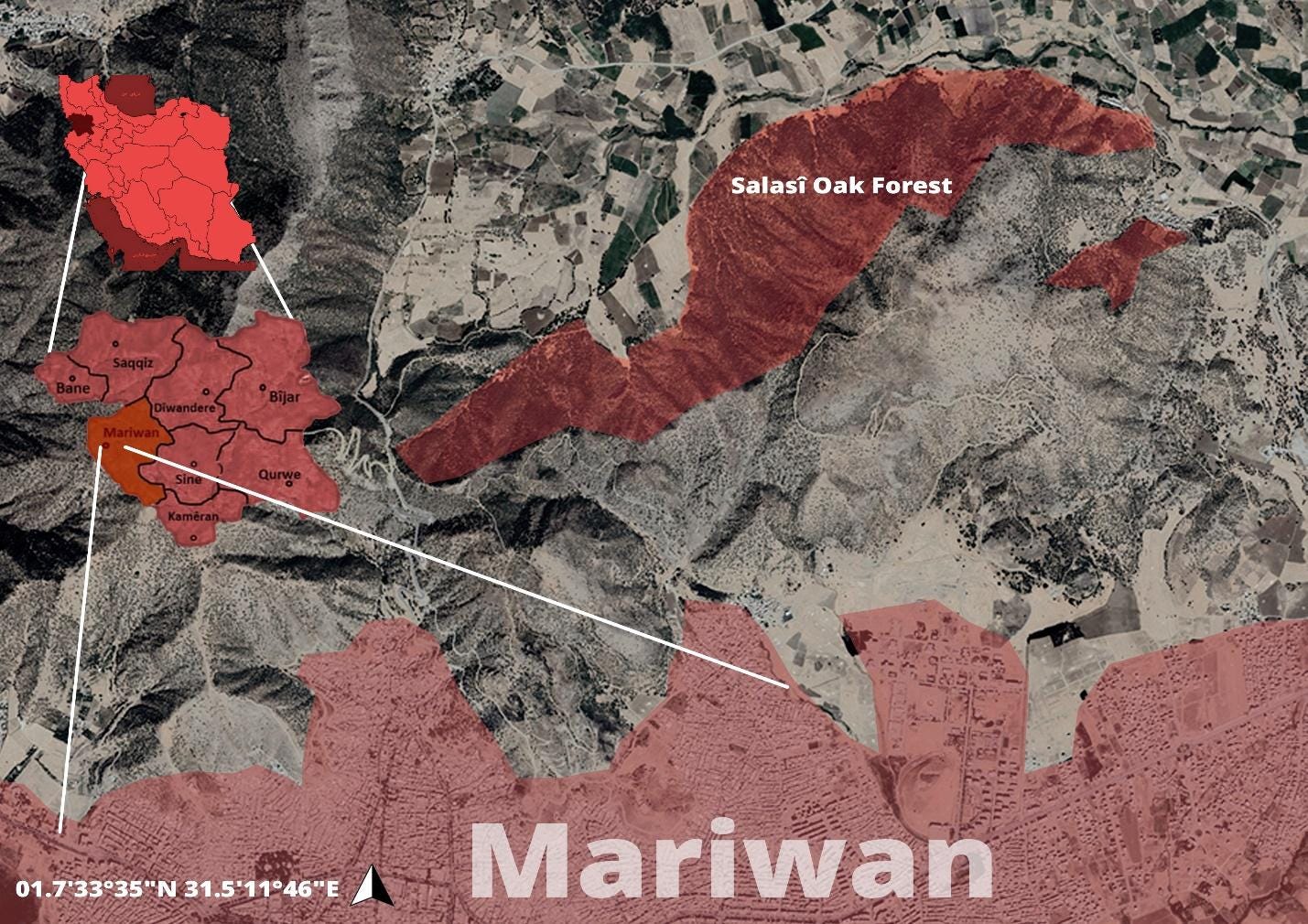
Grief over the tragedy was quickly matched by anger at the state’s contradictory explanations. Some officials initially claimed the activists died in explosions from old landmines left over from the Iran–Iraq War, an unlikely story, since Salasî lies far from any former frontline. Others, quoted by state media, suggested extreme summer heat caused a sudden flare-up. The provincial governor echoed this line, denying any military role and dismissing reports of shelling as “hostile propaganda.”
These shifting narratives only deepened Kurdish suspicions of foul play. An IRGC-linked outlet later alleged, without evidence, that clashes with Komala militants caused the blaze—a claim contradicted by witnesses and quietly removed two years later. State media then pivoted again, blaming Kurdish opposition parties for deliberately setting the fire. The regime’s evolving story—from “natural accident” to “rebel attack”—and its lack of transparency only strengthened Kurdish suspicions of a cover-up.
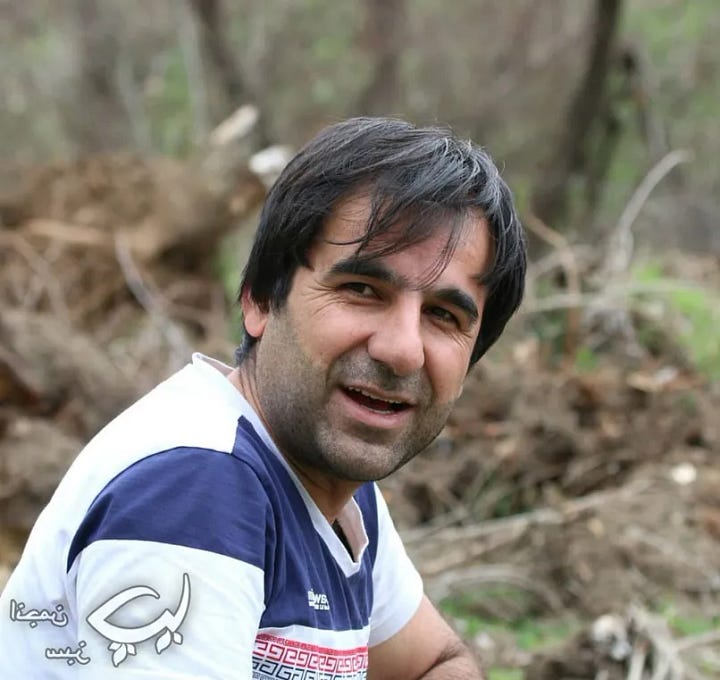
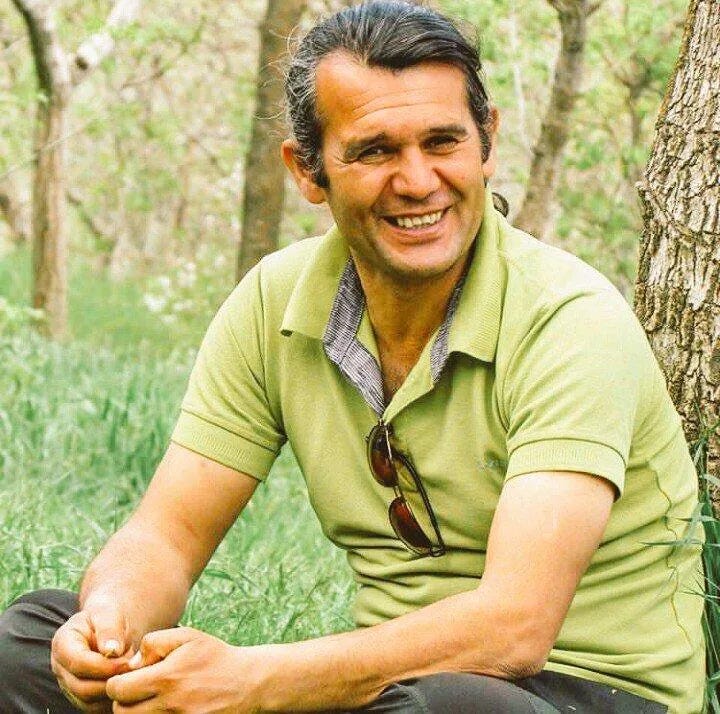
Eyewitnesses told a different story. Villagers reported hearing gunfire and explosions as the volunteers were overwhelmed—sounds echoed even in a state TV clip that inadvertently captured what seemed like a gunshot. Experts also noted the Salasî fire was neither large nor unusually difficult to contain. For an experienced activist like Kak Sharif, who had fought bigger blazes in harsher terrain, such a fire should have been manageable, as it was earlier that day. Kurdish rights groups have documented similar cases where border fires were sparked or worsened under the pretext of targeting militants. In Mariwan, the group Hengaw concluded that IRGC shelling caused the Salasî blaze and that the four activists died amid ensuing explosions. In Kurdistan, Bajwar’s death epitomizes the deadly collision of environmental activism and state security agendas.
Sharif Bajwar was one of the most respected environmental and civil rights activists in Iranian Kurdistan, earning deep trust among the locals. A founding member of the Chya Association in Mariwan, he spent years protecting the Zagros forests and was often on the front lines of wildfire response. After the 2017 Kirmaşan/Kermanshah earthquake, he organized months of relief convoys delivering food, clothing, and medicine to survivors.
Such dedication made him a folk hero to many Kurds. Bajwar was equally known for his civic activism and commitment to nonviolence. In 2016, he protested municipal dog killings through demonstrations and a hunger strike, leading to his brief arrest. A year later, while still on hunger strike, he cycled from Mariwan to Tehran to denounce the routine shootings of Kurdish Kolbers/Porters by border guards. Around that time, his grocery shop was mysteriously burned down, and the case was never solved. Throughout the 2010s, he was repeatedly arrested and interrogated for his activism. Just twelve days before his death, IRGC intelligence warned him to scale back his public role. He refused, vowing to keep defending his people and land.
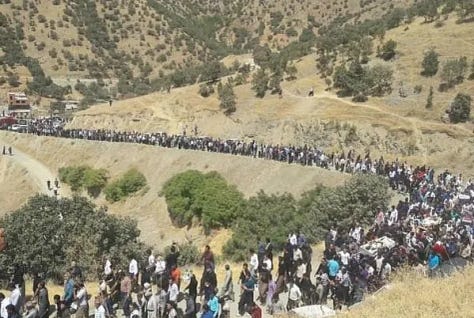
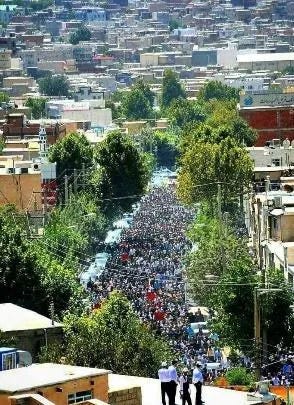

In August 2018, thousands joined the funeral of Kak Sharif and his colleagues in Mariwan, turning it into a massive procession of grief and protest. Mourners chanted in his honor and denounced the injustices surrounding his death. Alarmed, security forces quickly cracked down, arresting organizers and interrogating participants on charges of “disturbing public order.” Yet, rather than silencing dissent, the repression deepened Bajwar’s stature as a symbol of resistance.
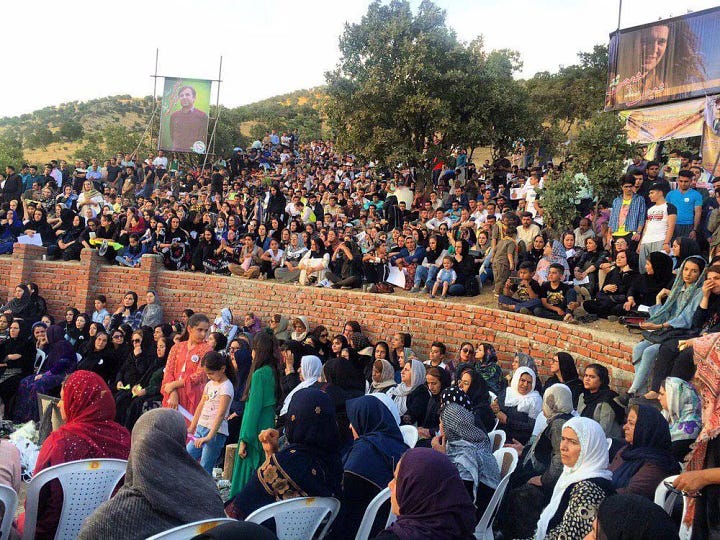

Since 2018, Sharif Bajwar’s grave in Mariwan has drawn thousands each year from across Kurdistan and beyond. What began as memorials, like his funeral, have evolved into demonstrations of mourning and rebellion. Each year, authorities respond with surveillance, intimidation, and arrests, seeking to suppress even the memory of an environmental activist. Yet people keep returning, keeping Bajwar’s story alive as a symbol of Kurdish fortitude, environmental stewardship, and defiance in the face of repression. His legacy shows that in the Zagros, even fighting fire comes with political weight—and deadly consequences. Ignoring that story would mean overlooking a community that continues to risk everything simply to honor one of its own.
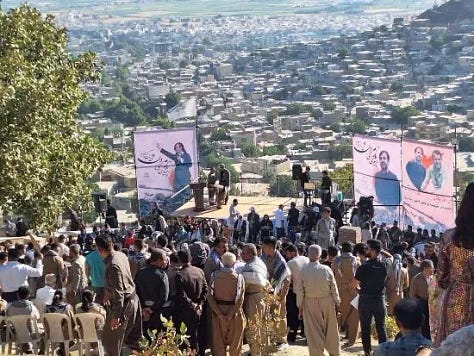
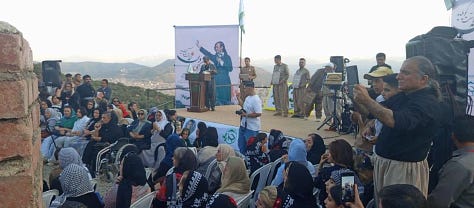
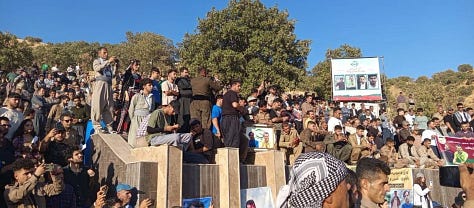
Middle East Uncovered is powered by Ideas Beyond Borders. The views expressed in Middle East Uncovered are those of the authors and do not necessarily reflect the views of Ideas Beyond Borders.



